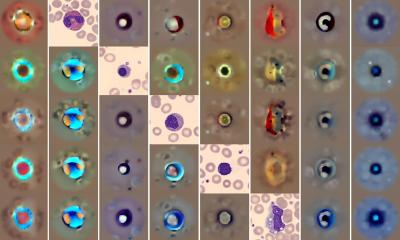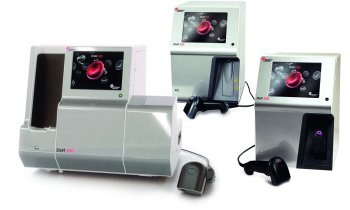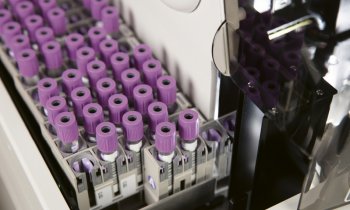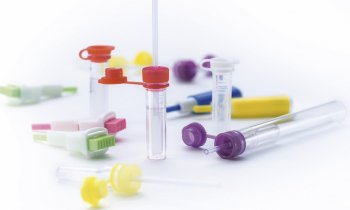News • Critical care study
Blood "combo bags" could save lives after major trauma injury
A new blood product combining red blood cells and plasma in one bag is associated with a better survival from a penetrating major trauma injury, a new study involving Queen Mary University of London has found.
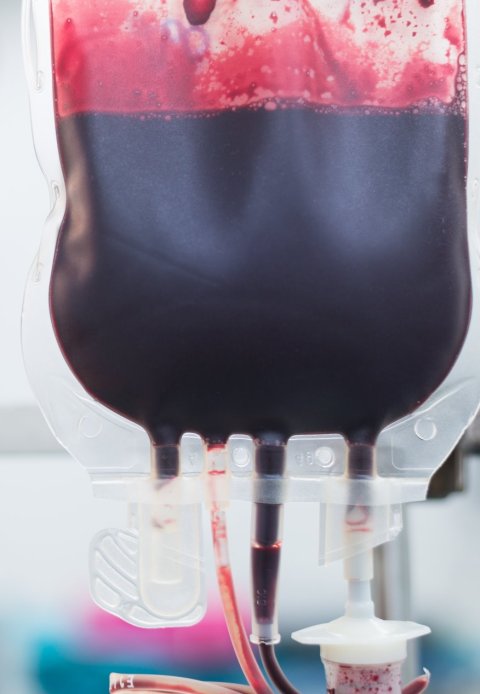
Image source: Adobe Stock/chanawit
NHS Blood and Transplant, Queen Mary University London, and Barts Health NHS Trust collaborated on the new study published in the journal Critical Care.
Plasma is the liquid part of the blood. It contains clotting factors which reduce bleeding. NHSBT Blood and Transplant developed a new transfusion product which contained red blood cells and plasma together.
The study recruited 909 major traumatic haemorrhages patients who met the trial criteria. They were treated by Air Ambulances in England during 2018-2020. The patients received one of the following:
- The new product, which contained red blood cells and plasma together in one bag.
- Separate transfusions of red blood cells and plasma.
- Red blood cells only.
Overall, the odds of surviving 24 hours were 1.5 times higher in patients who received combined red cells and plasma than those who received red cells alone. The authors say larger trials are needed to confirm these findings.
The primary aim of the trial was to see how the new product compared to the other two, established treatments. There is because there may be practical benefits to carrying out one transfusion with one bag, instead of separate bags of plasma and red blood cells, which could benefit patients. Further trials would be needed to establish that.
We know patients benefit from getting not just red blood cells but also plasma but it’s difficult to quickly carry out multiple transfusions in an urgent pre-hospital setting
Laura Green
Queen Mary University of London led the research. The product was developed by NHS Blood and Transplant. Barts Health NHS Trust provided clinical data and support. The trial was funded by London Air Ambulance, Barts Charity, and NHS Blood and Transplant.
Chief Investigator Dr Laura Green, Reader in Transfusion Medicine at Queen Mary University of London and a Consultant Haematologist for NHS Blood and Transplant and Barts Health NHS Trust, said: “The majority of trauma deaths are within three hours. We know patients benefit from getting not just red blood cells but also plasma but it’s difficult to quickly carry out multiple transfusions in an urgent pre-hospital setting – such as by the road side at night following a major crash, where a patient might have minutes to live. The study provides evidence that this new product, which contains both plasma and red blood cells unmixed in one bag, also saves more lives than just giving red blood cells alone. Now it can be explored further as a potential lifesaving new treatment which can be used outside of hospitals.”
Source: Queen Mary University of London
04.02.2023





